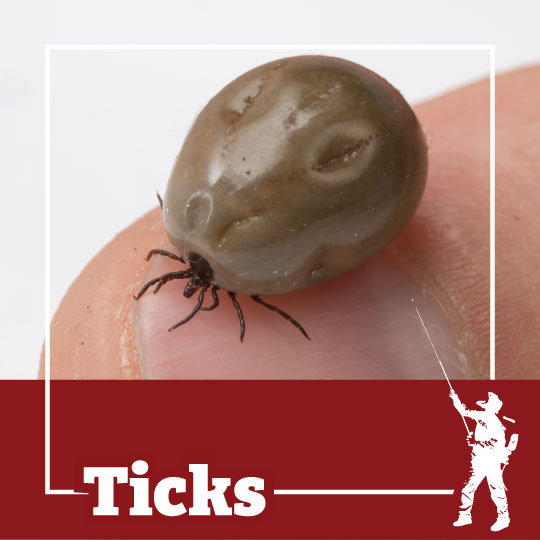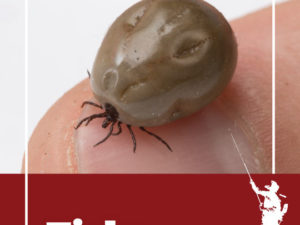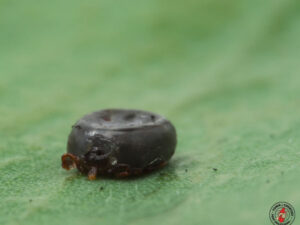
It won’t come as a surprise to anyone to learn that tick-borne disease is a serious issue in the northeast US, but the situation is getting much worse, as tick-borne disease cases are increasing dramatically each year in all New England states. In fact, ticks are the only disease vectors in the United States that officials with the Centers for Disease Control and Prevention cannot control. To say that an epidemic of lyme disease is on the horizon in the northeast would sound ridiculous to residents of the area, as tick-borne disease cases have clearly reached epidemic proportions in the region already. However, tick surveys show that residential yards in upstate New York will become inundated with lyme-carrying ticks to a degree that will put residents in near constant danger this summer.
To illustrate the seriousness of the tick crises in New York, it should be mentioned that the number of lyme disease cases reported in the state between 2000 and 2016 reached 80,000, and this is only counting the number of “reported” tick-borne diseases cases that are known to the CDC. If you can believe it, experts estimate that the actual number of lyme disease cases in New York is much higher at more than 795,000, and it is estimated that as many as 5,000 residents of Monroe County have contracted the disease. Experts also estimated that 2017 saw a staggering 52,000 new cases of lyme disease in the state. These statistics, as well as the massive number of lyme-infected ticks in residential yards in upstate New York, naturally homeowners in the Adirondacks concerned for their health. This is why the foremost experts on tick-borne disease will be staging a free informational talk about the devastating bloodsuckers at 7:30 PM on June 25th at the Whallonsburg Grange Hall. This talk is being called: “The Ticking Timebomb: the Tick Crises in the Adirondacks.” The academics speaking at the event will discuss how residential yards can be modified to reduce the chances of sustaining tick bites. Some of these methods include clearing yards of leaf-litter, reducing shaded and damp areas within a yard, and the application of pesticides around homes.
Have you ever found ticks within your yard?












